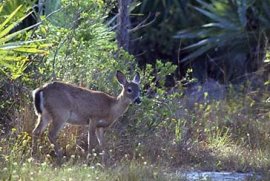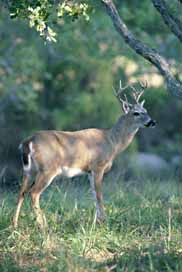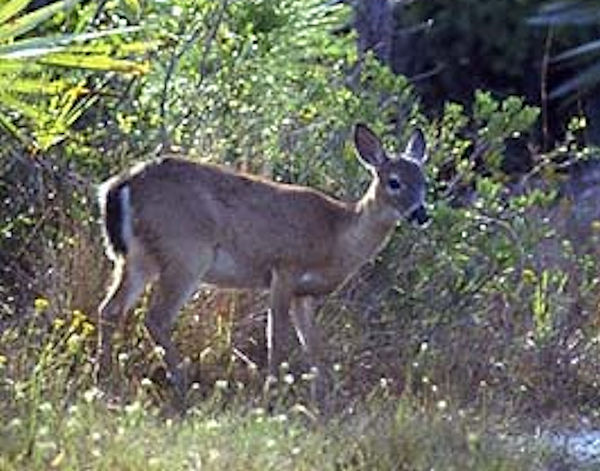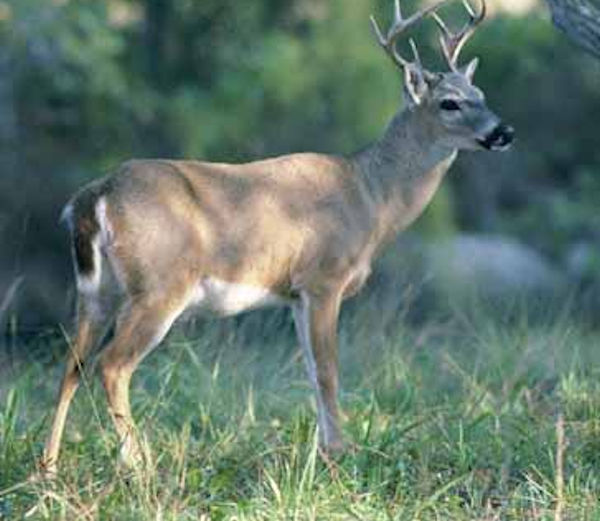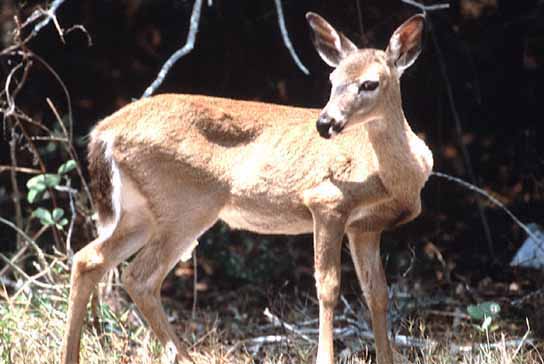Hoofed Mammals
Description
Like other white-tailed deer, they are typically reddish-brown or gray-brown in color. Males grow antlers. Sometimes called the “toy deer,” the Key deer is the smallest subspecies of white-tailed deer. Adult males, or bucks, weigh only 55-75 pounds. Adult females, or does, weigh slightly less. On average, they stand only about 24 to 32 inches at the shoulder. Most males live about three years and females live about six years.
Diet
Key deer eat more than 150 species of plants. The most important part of their diet is mangrove trees and thatch palm berries. Due to encroachment on their habitat and their lack of fear of humans, some of the animals have been known to eat plants in people's gardens.
Because Key deer have lost their fear of humans, there is a serious problem with people illegally feeding them. This makes the deer more vulnerable to dog attacks or getting entangled in fences. It also brings them closer to roads where they can be hit by cars. Feeding Key deer can also cause them to group in a small area, rather than spreading out over the available habitat. Then if one deer is sick, it more easily passes its diseases on to other deer.
Habitat
Key deer live in all the types of ecosystems found in the Florida keys, from pine forests to mangroves and freshwater wetlands.
Discussion
The breeding season, or rut, takes place in the fall and early winter. Most mating occurs in October. Pregnancy is about seven months or 200 days, with most fawns born between April and June. Fawns are tiny - only 2-4 pounds at birth. Most does have only one fawn per year.
The males drop their antlers in February and March. Their new antlers start to grow immediately and have grown back by August.

